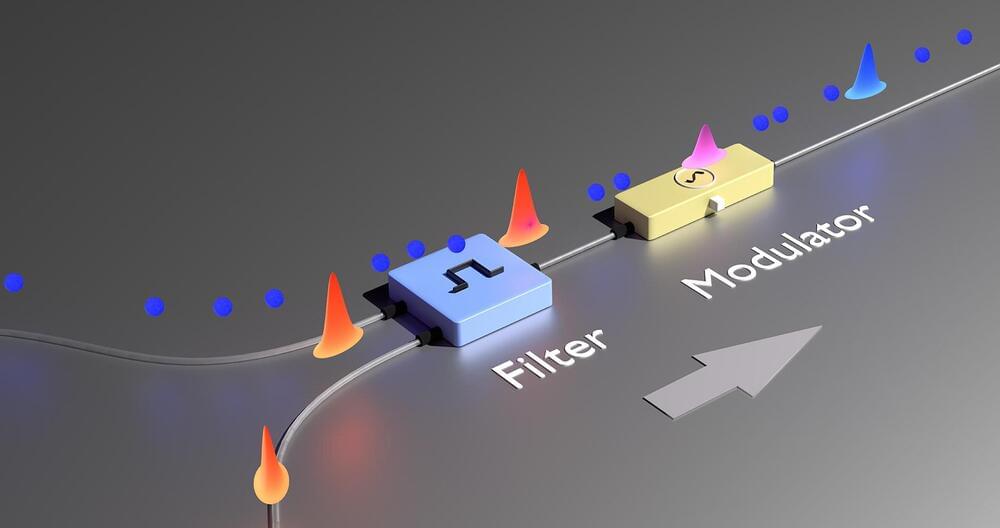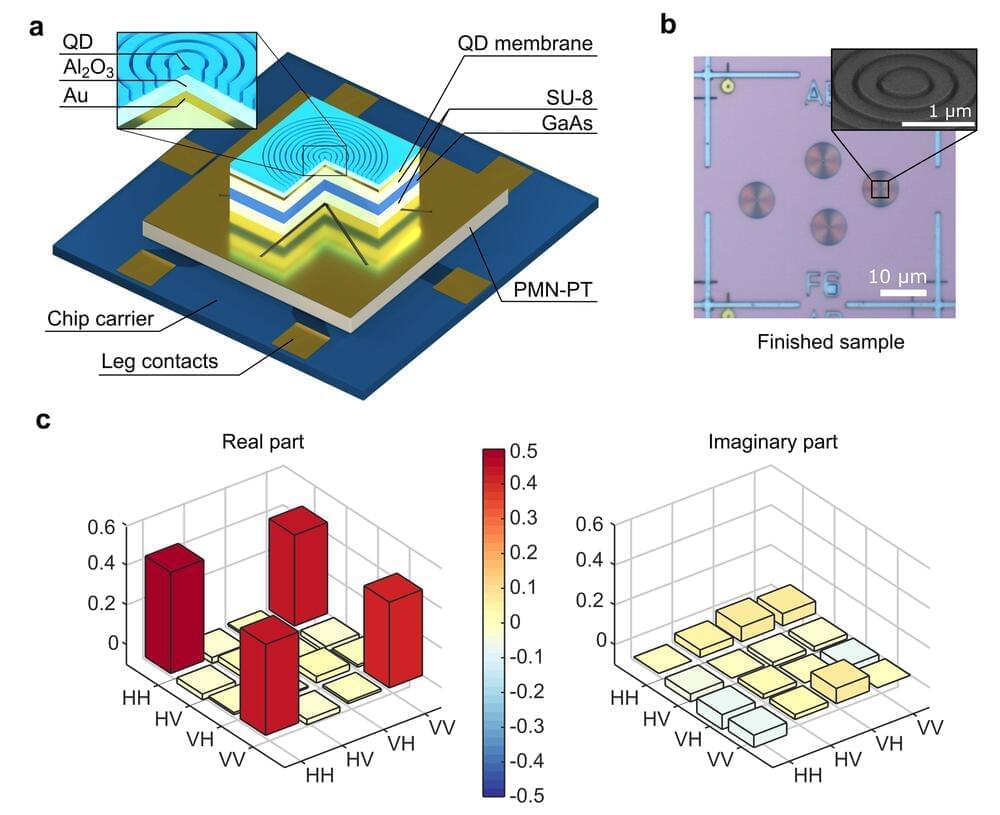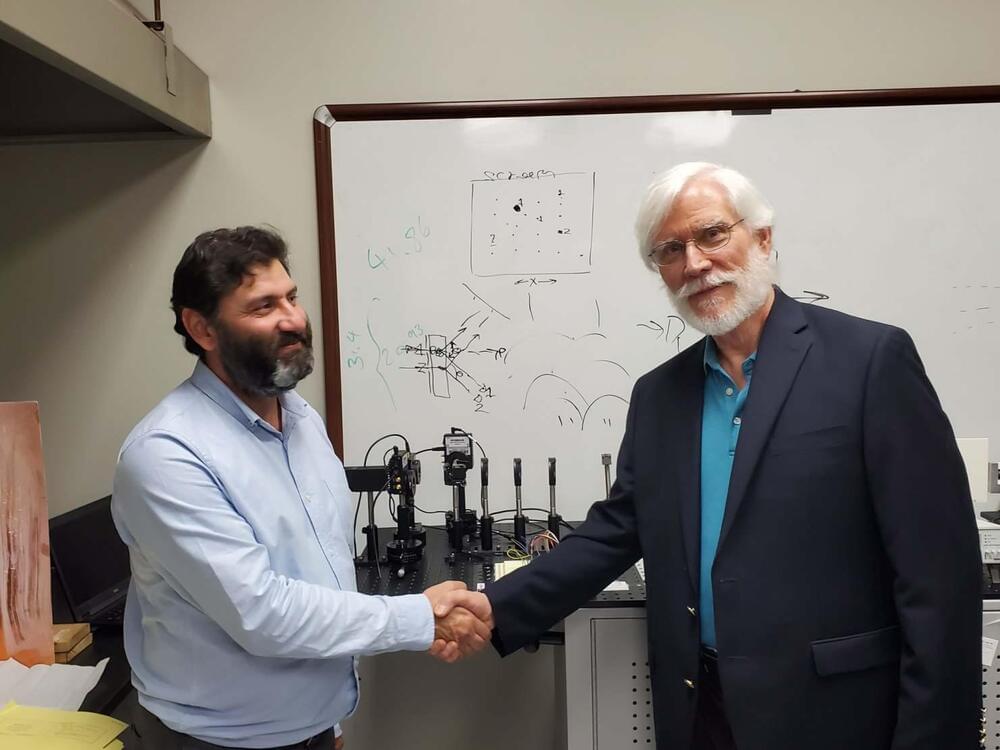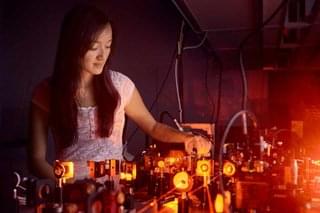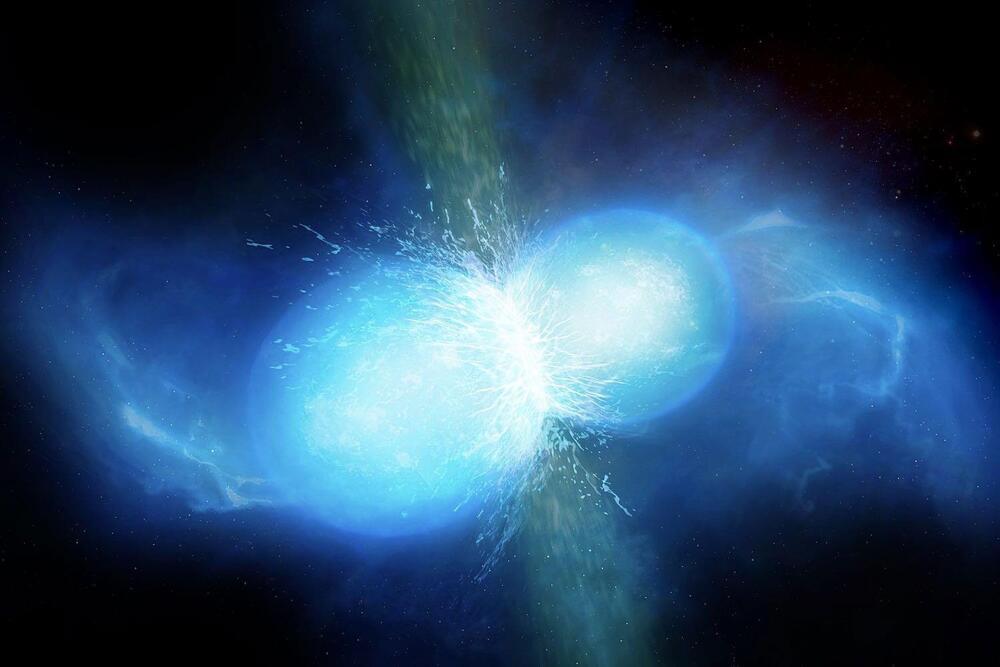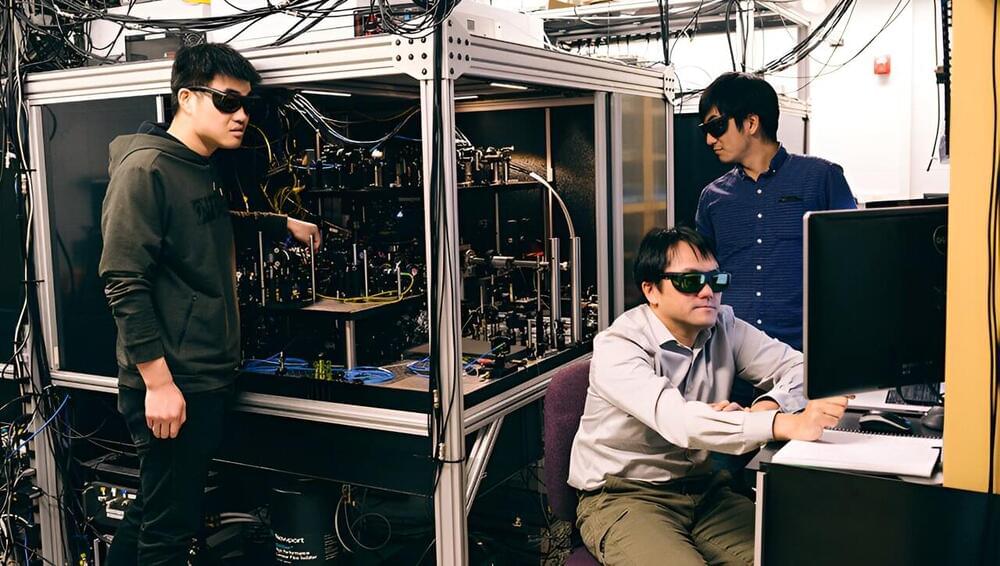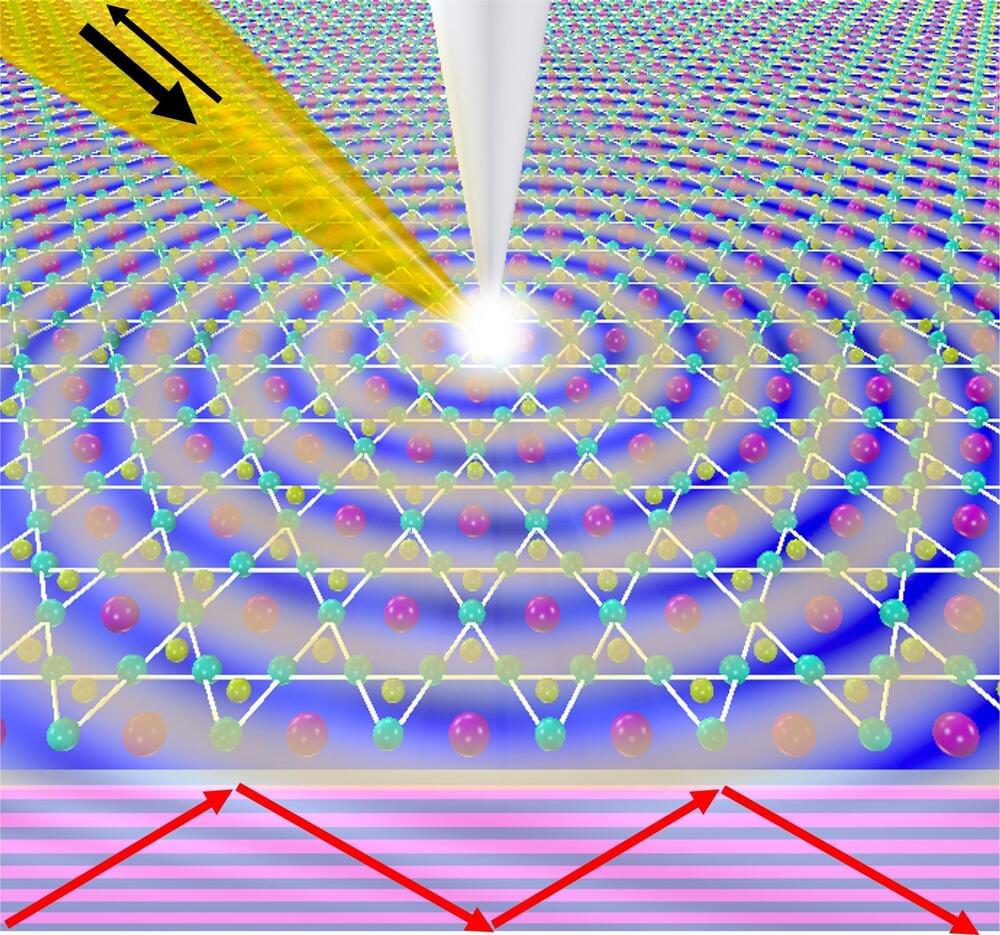“To make the quantum internet a reality, we need to transmit entangled photons via fiber optic networks,” says Prof. Dr. Michael Kues, Head of the Institute of Photonics and Board Member of the PhoenixD Cluster of Excellence at Leibniz University Hannover.
“We also want to continue using optical fibers for conventional data transmission. Our research is an important step to combine the conventional internet with the quantum internet.”
In their experiment, the researchers demonstrated that the entanglement of photons is maintained even when they are sent together with a laser pulse. The research results were published in Science Advances.
